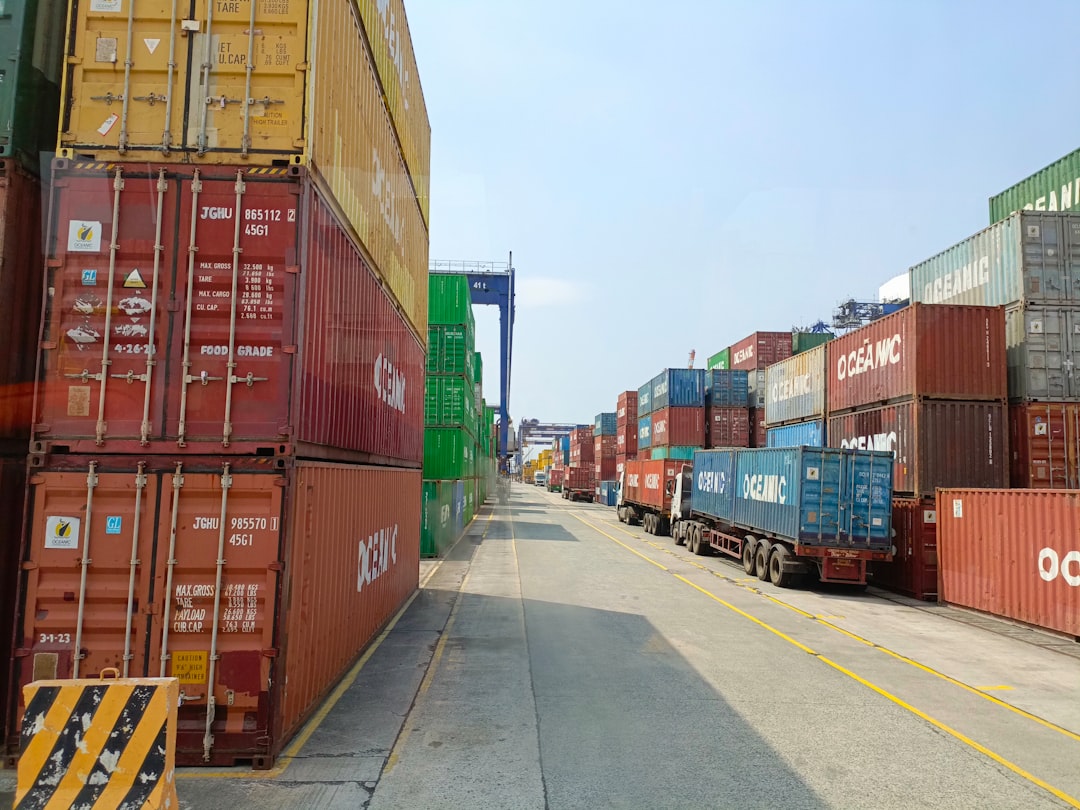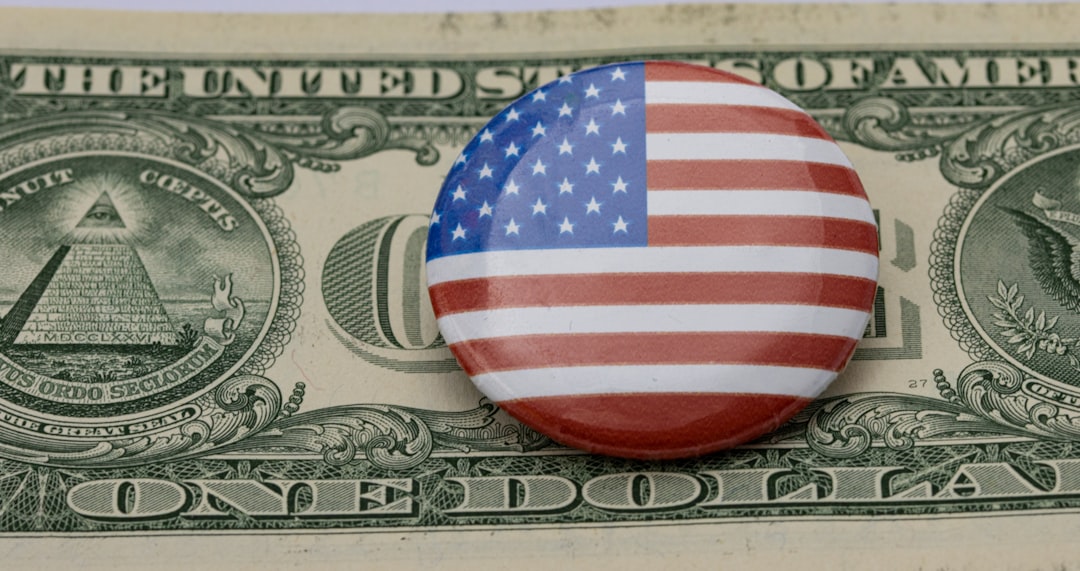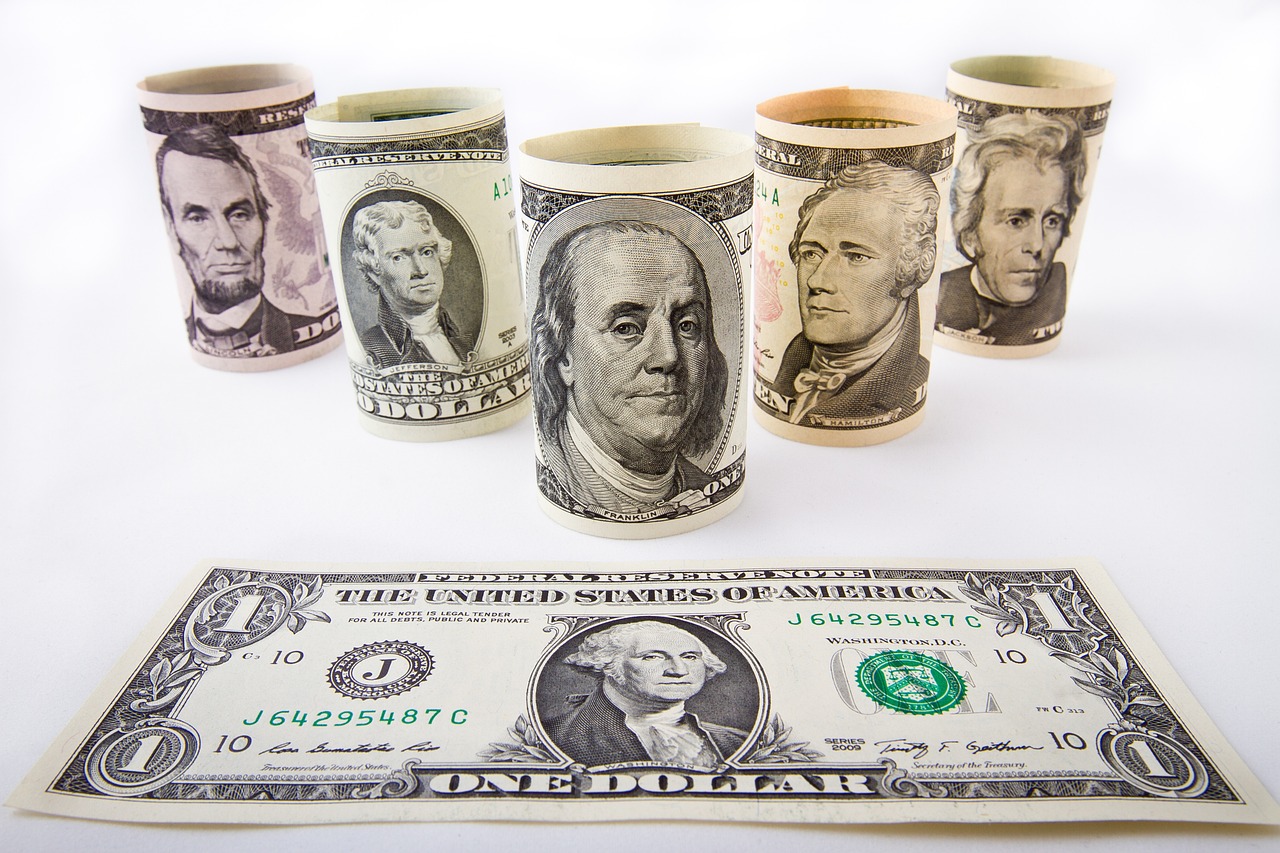Economic Growth Differentials Drive Dollar Dominance

The U.S. dollar’s remarkable strength stems from America’s exceptional economic performance compared to its global peers. The U.S. economy is projected to grow by 2.7% in 2024, outpacing the 1.7% growth forecast for all developed markets. This isn’t just a lucky streak – it’s the result of fundamental advantages that make America stand out on the world stage. This is driven by superior productivity growth, higher business investment and fewer labor supply issues compared to other developed markets. Think of it like a race where one runner has better training, equipment, and stamina – they naturally pull ahead of the pack. This reflected America’s economic strength against the backdrop of sluggish eurozone growth and subdued economic activity in China. The US economic story in 2023 has been one of outperformance, with the economy on track to grow at a 2.4% pace that well surpassed the 0.4% consensus growth estimates at the start of the year.
Interest Rate Policies Fuel Currency Strength

The gap between U.S. 10-year bond yields and those of its key trading partners has widened to its highest level since 1994. This massive difference makes American investments incredibly attractive to foreign money. In August 2023, the Federal Reserve’s interest rate hit its highest level during the observed period, at 5.33 percent, and remained unchanged until September 2024, when the Federal Reserve implemented its first rate cut since September 2021. By November 2024, the rate dropped to 4.64 percent, signalling a shift in monetary policy. However, U.S. central bankers now project they will make just two quarter-percentage-point rate reductions by the end of 2025. It’s like offering the highest interest rates in town – everyone wants to park their money where it earns the most. Such robust growth, which has contributed to inflation remaining above 2%, may lead the Fed to halt rate cuts sooner than expected.
Trade Deficit Reaches Record Levels Despite Strong Dollar

Here’s where things get really interesting – usually a strong currency hurts exports, but America’s trade picture tells a complex story. The 2024 increase in the goods and services deficit reflected an increase in the goods deficit of $148.5 billion, or 14.0 percent, to $1,211.7 billion and an increase in the services surplus of $14.9 billion, or 5.4 percent, to $293.3 billion. The goods and services deficit was 3.1 percent of current-dollar gross domestic product in 2024, up from 2.8 percent in 2023. A strong dollar makes US exports more expensive for foreign buyers while making imports cheaper for US consumers. This dynamic can lead to an increase in imports and a decrease in exports, contributing to a growing trade deficit. A strong U.S. currency hindered export growth, while American consumers snatched up imported goods, causing the U.S. trade imbalance in goods to reach a record $1.2 trillion last year. Think of it as Americans going on a massive shopping spree for foreign goods while foreign buyers find American products too pricey.
China Remains the Largest Trade Challenge

The United States ran a $295 billion goods deficit with China in 2024 (partially offset by a U.S. services surplus with China of $32 billion). This massive imbalance isn’t new – it’s been building for decades. The trade deficit with China expanded dramatically beginning in the early 2000s from an average of $34 billion in the 1990s. Some economists refer to this as the “China Shock” and attribute it to the unexpectedly rapid growth in China’s exports of manufactured goods to the United States in the late 1990s and early 2000s. The next largest contributor to the goods deficit, at $235 billion, is the European Union, followed by Mexico at $172 billion, Vietnam at $123 billion, and Taiwan at $73.9 billion. It’s like having one neighbor who consistently borrows more from you than they lend back – eventually, it becomes a significant issue. At $295.4 billion, the U.S. had the biggest goods trade imbalance with China, followed by the EU, Mexico, Vietnam, and Ireland.
Emerging Markets Feel the Squeeze

When the dollar flexes its muscles, emerging markets often feel the pain first and most severely. In emerging market economies, a 10 percent US dollar appreciation, linked to global financial market forces, decreases economic output by 1.9 percent after one year, and this drag lingers for two and a half years. Compare this to wealthier nations: In contrast, the negative effects in advanced economies are considerably smaller in size, peaking at 0.6 percent after one quarter and are largely gone in a year. Emerging market currencies have declined by about 4 percent year-to-date, on net, against the US dollar, even after partially recovering in recent weeks. It’s like a small boat getting tossed around by waves that barely affect a large cruise ship. With the Mexican peso having declined by 16% over the past year and the Brazilian real down by 20%, it does not take much of an imagination to estimate where problems will arise if the dollar were to overshoot reasonable valuations.
Inflation Import Pressures Build Globally

A strong dollar doesn’t just affect trade numbers – it can import inflation to other countries in ways that might surprise you. Lower interest rates in major economies will ease the pressure on emerging market economies, with their currencies strengthening against the US dollar and financial conditions improving. This will help reduce imported inflation, allowing these countries to pursue their own disinflation path more easily. But when the dollar is strong, the reverse happens. The point of the interest rate increases is to relieve inflation in the U.S., but its side effect is to worsen inflation in other nations, not just emerging-market nations. For EMs, a stronger US dollar could mean pass-through inflation from higher import prices in local currency terms, lower degrees of freedom in monetary policy implementation and greater vulnerability in external debt. Imagine trying to buy groceries when every item suddenly costs 20% more because of currency changes – that’s the reality many countries face.
Investment Flows Shift Toward America

Money flows toward opportunity like water flows downhill, and right now, that flow is heavily tilted toward the United States. Given this backdrop and the economic challenges in Europe and China, “it’s no surprise that the majority of cross-border fund flows has been directed into the US,” Rosenberg says. Looking ahead to 2024, Goldman Sachs Research expects US growth of 2.1%, a forecast that’s double consensus expectations. This environment could foster continued interest in US assets among foreign investors. Even in emerging markets, The paper shows cumulative investor flows into EM equity and bond funds during the last year, and in 2024 when the US 10-year yield rose and US dollar strengthened faster. While monthly flows can be choppy, the overall trend in flows to funds domiciled in EM ex China and China have remained positive. It is an indication of investor conviction in these markets and the EM asset class. It’s like a talent drain, but for money – capital seeks the best returns.
Corporate America Faces Mixed Consequences

For American companies, a strong dollar is a double-edged sword that cuts both ways. A strong dollar can hurt international company performance for U.S.-based investors. It can also negatively impact U.S. companies with significant international exposure and U.S. exports by making goods more expensive abroad. Think about Apple selling iPhones in Europe – when the dollar strengthens, those phones become more expensive for European consumers, potentially hurting sales. On the flip side, companies that import materials or have overseas costs benefit because their expenses become cheaper in dollar terms. On the downside, high mortgage rates have limited investment in housing, while a strong dollar has restrained exports and encouraged imports. It’s like having a superpower that helps in some situations but creates challenges in others.
Federal Reserve’s Balancing Act Continues

The Federal Reserve finds itself walking a tightrope, trying to balance domestic needs with global consequences. The FOMC has left rates unchanged in each of its three 2025 meetings to date. Once inflation began decelerating, the Fed cut rates by a total of 1% in the second half of 2024, to where they currently stand today. Investors now anticipate three to four rate cuts in 2025, compared with one to two expected at the beginning of the year. Meanwhile, investors still anticipate three to four 0.25% rate cuts this year, although the Fed has held off cutting so far this year due to resilient economic data, the potential impact of tariffs and lingering above-target inflation. However, Fed policymakers remain reluctant to do so, worrying that rate cuts could stoke inflation. It’s like trying to drive a car while watching both the road ahead and the rearview mirror – you need to balance where you’re going with where you’ve been.
Currency Wars and Policy Responses Intensify

As the dollar’s strength creates challenges globally, other countries aren’t just sitting idle. Emerging market economies with more anchored inflation expectations or more flexible exchange rate regimes fare better. In turn, emerging market economies with more flexible exchange rate regimes tend to enjoy a faster economic recovery owing to a sizable immediate exchange rate depreciation. Some countries have built better defenses: The biggest difference with the past has been the sharp increase in the percentage of debt issued in local currencies. Domestic-denominated debt accounted for 95% of the $3.9 trillion in new borrowing by governments in emerging markets last year. Indeed, some central banks began tightening monetary policy before the Fed. Brazilian policymakers started raising rates in March 2021 – a year before their U.S. counterparts. It’s like countries learning to swim better so they don’t drown when the tide changes.
Political and Trade Policy Implications

The strong dollar has become entangled with political and trade policy in ways that could reshape global relationships. Although Trump favours a weaker exchange rate, his policies are likely to have the opposite effect. In recent months he has shown a clear preference for a weaker exchange rate to support the competitiveness of US exports and help reduce the US trade deficit. And yet, as the market has sensed since the US election, the much more likely outcome is that his policies end up strengthening the greenback. The upcoming administration’s focus on boosting domestic manufacturing, increasing tariffs and deregulating industries could spur business growth and sustain higher interest rates, supporting the dollar. President-elect Trump has also discussed imposing tariffs or other measures on countries that challenge the dollar’s trade dominance or reserve currency status. The trade deficit has long been viewed by President Trump as an indication of economic weakness, and the data may provide him with justification for trade sanctions or other critiques of other nations. It’s like wanting to have your cake and eat it too – seeking a weaker currency while implementing policies that strengthen it.
Long-term Sustainability Concerns Mount

While the dollar’s strength reflects American economic success, some experts worry about how long this can continue. Currently, the dollar is two standard deviations above its 50-year average, suggesting limited room for further appreciation. Historically, the dollar has alternated between periods of strength and weakness, making a downturn likely at some point, though the timing is uncertain. Additionally, the U.S.’s persistent trade balance deficit, at 4.2% of GDP as of September 2024, poses a long-term constraint, highlighting a structural challenge that could eventually pressure the currency. We have consistently maintained that the US dollar is likely to decline by at least 10–15% over the coming years as US yields and growth revert toward the G10 average and the country grapples with high fiscal and current account deficits. If historical patterns hold, any Trump-led stimulus is likely to accelerate the build-up of US debt, which could result in a more challenging long-term outlook for the US economy, corporate earnings, and the dollar. It’s like running a marathon at sprint pace – impressive for a while, but potentially unsustainable over the long haul.
Global Financial Architecture Under Pressure

The dollar’s dominance is putting stress on the global financial system in ways that could have lasting consequences. The risk is that the US dollar – which is expensive already – becomes more obviously overvalued, and this could increase the risk of global financial instability. The combination of tighter US monetary policy and a stronger dollar would tighten financial conditions, especially for emerging markets and developing economies. Investors already anticipate such an outcome, with the US dollar gaining around 4 percent since the November election. The COVID-19 shock to the international financial markets caused the transfer of $100 billion from emerging market portfolio investments in just one month. The strong dollar outlook for 2025 is far from assured. There’s a good argument that U.S. exceptionalism (strength relative to the world) is already priced into the dollar, such that better-than-expected economic performance from the rest of the world could bolster foreign currencies. Think of it as the global economy being like a seesaw – when one side gets too heavy, eventually it tips back the other way.
The strong dollar represents both America’s economic triumph and a challenge for global stability. While it reflects genuine U.S. strengths in productivity and growth, its effects ripple across borders in complex ways that could reshape international commerce and finance for years to come. Did you expect that such currency movements could have this much impact on everything from your morning coffee price to global political relationships?






